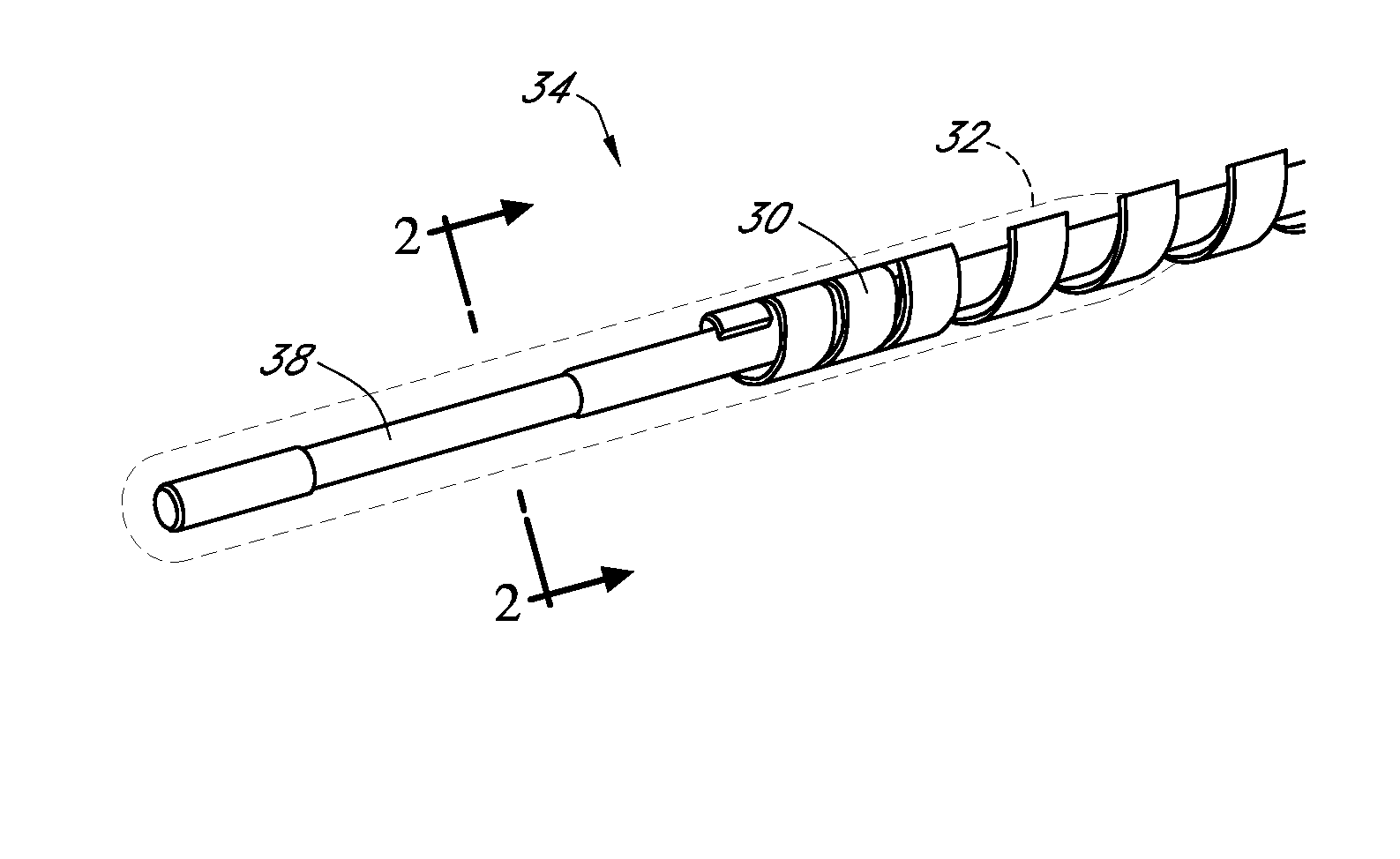Zwitterion surface modifications for continuous sensors
a continuous sensor and surface modification technology, applied in the field of zwitterion surface modifications for continuous sensors, can solve the problems of continuous glucose sensors, in-vivo drift in the sensitivity of sensors, in-vivo sensors are susceptible to fouling from non-specific proteins,
- Summary
- Abstract
- Description
- Claims
- Application Information
AI Technical Summary
Benefits of technology
Problems solved by technology
Method used
Image
Examples
example 1
Betaine in Outer Layer as a Surface-Active Group
[0231]Sensors are built as described in the section entitled ‘Exemplary Glucose Sensor Configuration,’ and include a unitary bioprotective / diffusion resistance domain comprising 2% poly(carboxyl) betaine (pCB). The presence of pCB in the outermost domain of the sensor facilitates surface wetting and speeds polymer rearrangement due to hydration. Faster polymer rearrangement improves sensor performance by reducing sensor drift.
example 2
Polyampholytic Outer Layer (Net Neutral Charge)
[0232]Sensors are built as described in the section entitled ‘Exemplary Glucose Sensor Configuration,’ and include a unitary bioprotective / diffusion resistance domain. The unitary bioprotective / diffusion resistance domain is prepared from a blend of polymers comprising about 2% wt. of a co-polymer comprising about equal amounts of positively charged [2-(acryloyloxy) ethyl]trimethyl ammonium chloride (TMA) and negatively charged 2-carboxy ethyl acrylate (CAA) monomers.
[0233]Preparation of the unitary bioprotective / diffusion resistance domain from a blend comprising the positively and negatively charged monomers allows for preparation of a net neutral device surface with a relatively homogenous distribution of positive and negative charges. These charges facilitate surface wetting and speed polymer rearrangement due to hydration. The resulting devices exhibit improved sensor performance due to reduced drift.
example 3
Surface Active End Groups that are Cross Linked to Zwitterions
[0234]Sensors are built as described in the section entitled ‘Exemplary Glucose Sensor Configuration,’ and include a unitary bioprotective / diffusion resistance domain comprising surface-modified end groups that are linkable to pCB.
[0235]These sensors are then dipped in a solution of carboxybetaine monomers and isocyanate, a cross-linking agent, to apply as a surface coating on the sensor. The dipped sensors are then dried under conditions suitable to trigger cross-linking of the carboxybetaine monomers and the surface-active end groups. The resulting surface coating facilitates surface wetting and speeds polymer rearrangement in the unitary bioprotective / diffusion resistance domain due to faster hydration. Faster polymer rearrangement improves sensor performance by reducing sensor drift.
PUM
 Login to View More
Login to View More Abstract
Description
Claims
Application Information
 Login to View More
Login to View More - R&D
- Intellectual Property
- Life Sciences
- Materials
- Tech Scout
- Unparalleled Data Quality
- Higher Quality Content
- 60% Fewer Hallucinations
Browse by: Latest US Patents, China's latest patents, Technical Efficacy Thesaurus, Application Domain, Technology Topic, Popular Technical Reports.
© 2025 PatSnap. All rights reserved.Legal|Privacy policy|Modern Slavery Act Transparency Statement|Sitemap|About US| Contact US: help@patsnap.com



